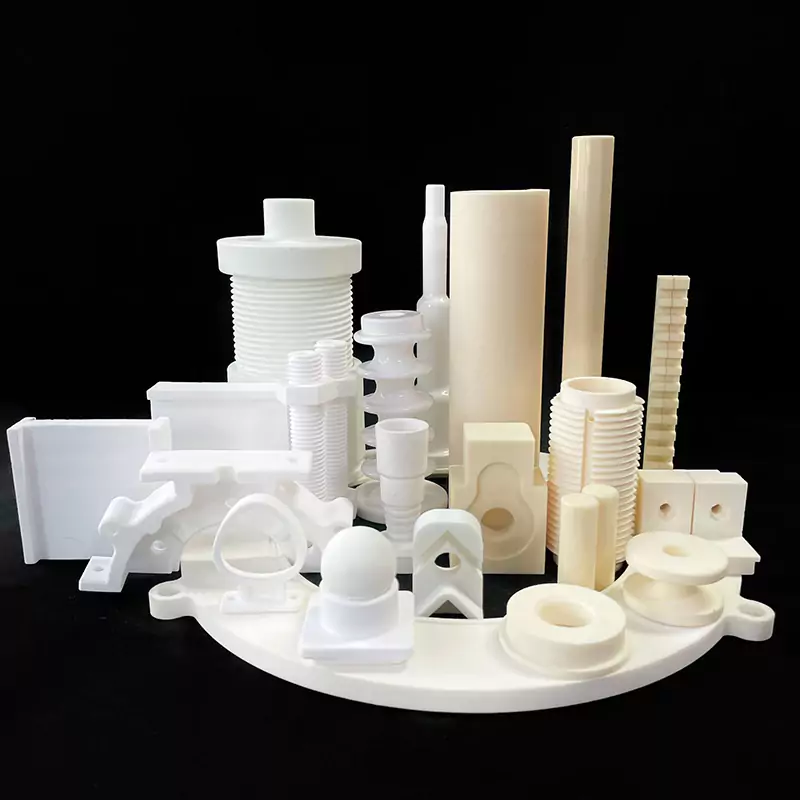Cold isostatic pressing (CIP) is a forming technique used in the production of advanced ceramics. It involves applying pressure uniformly from all directions to a component immersed in a pressurized liquid. This process has several advantages when it comes to producing advanced ceramics:
1. Uniform Density:
CIP ensures uniform pressure distribution, leading to ceramics with consistent density and microstructure. This uniformity is crucial for the material’s mechanical and thermal properties.
2. Complex Shapes:
CIP allows for the production of intricate and complex ceramic shapes that might be difficult to achieve through other forming methods. This is particularly advantageous in industries where components with intricate geometries are required.
3. High Green Strength:
The process imparts high green strength to the ceramic material. This means the material is strong and rigid even before it’s fired, making it easier to handle and machine in subsequent manufacturing steps.

4. Improved Homogeneity:
Cold isostatic pressing promotes the homogeneity of the ceramic material. It helps in achieving consistent composition and microstructure throughout the material, which is essential for its overall performance.
5. Reduced Porosity:
CIP reduces the porosity of the ceramics, ensuring that the material is more dense and less prone to cracking or breaking under stress. Low porosity also enhances the material’s resistance to chemicals and wear.
6. Better Surface Finish:
Components produced using CIP often require less finishing work because the process results in a smoother surface finish. This can save time and resources in the overall manufacturing process.
7. Optimized Performance:
The uniformity and reduced porosity achieved through CIP translate into optimized mechanical, thermal, and electrical properties of advanced ceramics. Components made using CIP tend to exhibit superior performance characteristics.
8. Cost-Effectiveness:
Although the initial equipment costs for CIP can be high, the process often leads to higher yields and less material wastage due to its precision. This can result in cost savings in the long run, especially for large-scale production.
9. Versatility:
CIP can be applied to a wide range of ceramic materials, allowing for the production of various ceramic components tailored to specific industrial applications.
In summary, advanced ceramics produced by cold isostatic pressing offer enhanced mechanical properties, improved homogeneity, and the ability to create complex shapes, making them invaluable in industries such as aerospace, automotive, electronics, and healthcare, where high-performance materials are essential.
